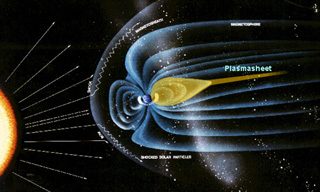This is a drawing of the Earth's magnetosphere. The plasma sheet is highlighted in yellow.
Click on image for full size
The Plasma Sheet
The
plasma sheet is simply that, a sheet of
plasma that extends down the magnetotail dividing the two lobes of the Earth's magnetic field. The particle density here is about 0.5 cm
-3 for both electrons and protons. The average particle energies are 0.6 keV for the electrons and 5.0 keV for the protons.
This outer plasma is hotter than the plasma in the plasmasphere, but is considered low energy when compared to the particles in the Van Allen radiation belts. The plasma sheet is several Earth radii thick and has an inner edge at about 7 Earth radii at local midnight. Its thickness and position do vary.
Sometimes the plasma sheet is also called the current sheet because one of the main currents which circle the magnetosphere cuts through the center of the magnetotail.
You might also be interested in:

Plasma is known as the fourth state of matter (the first three states being solid, liquid and gas).Matter in ordinary conditions on Earth has electrons that orbit around the atomic nucleus. The electrons
...more
The plasmasphere is a torus-shaped region within the Earth's magnetosphere. The Earth's plasmasphere is made of just that - plasma. It has a very sharp edge called the plasmapause at equatorial distances
...more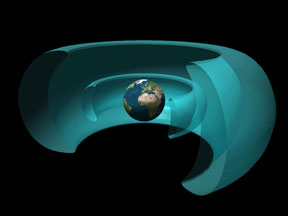
The Earth's radiation belts are one component of the larger and more complex system called the magnetosphere. The radiation belts of the Earth are made up of energetic, electrically charged particles or
...more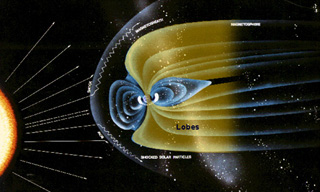
The lobes of the magnetosphere are a vast region of the magnetotail between the magnetopause and the central plasma sheet. The lobes have opposite magnetic direction. In fact, if the plasma sheet didn't
...more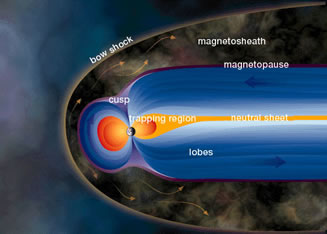
A magnetosphere has many parts, such as the bow shock, magnetosheath, magnetotail, plasmasheet, lobes, plasmasphere, radiation belts and many electric currents. It is composed of charged particles and
...more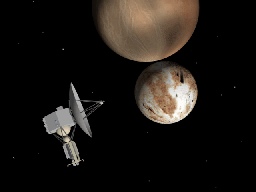
AU stands for Astronomical Units. Distances in space are too large to measure in Earth standards like miles or kilometers. For distances too large to measue in AU, we use light years. A light year is the
...more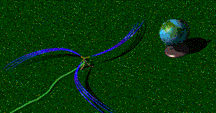
The solar wind is formed as the Sun's topmost layer blows off into space carrying with it magnetic fields still attached to the Sun. Gusts and disturbances form in the solar wind associated with violent
...more


